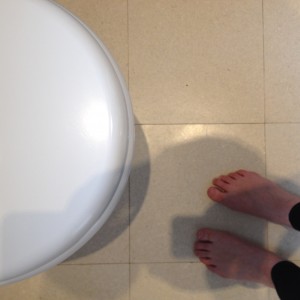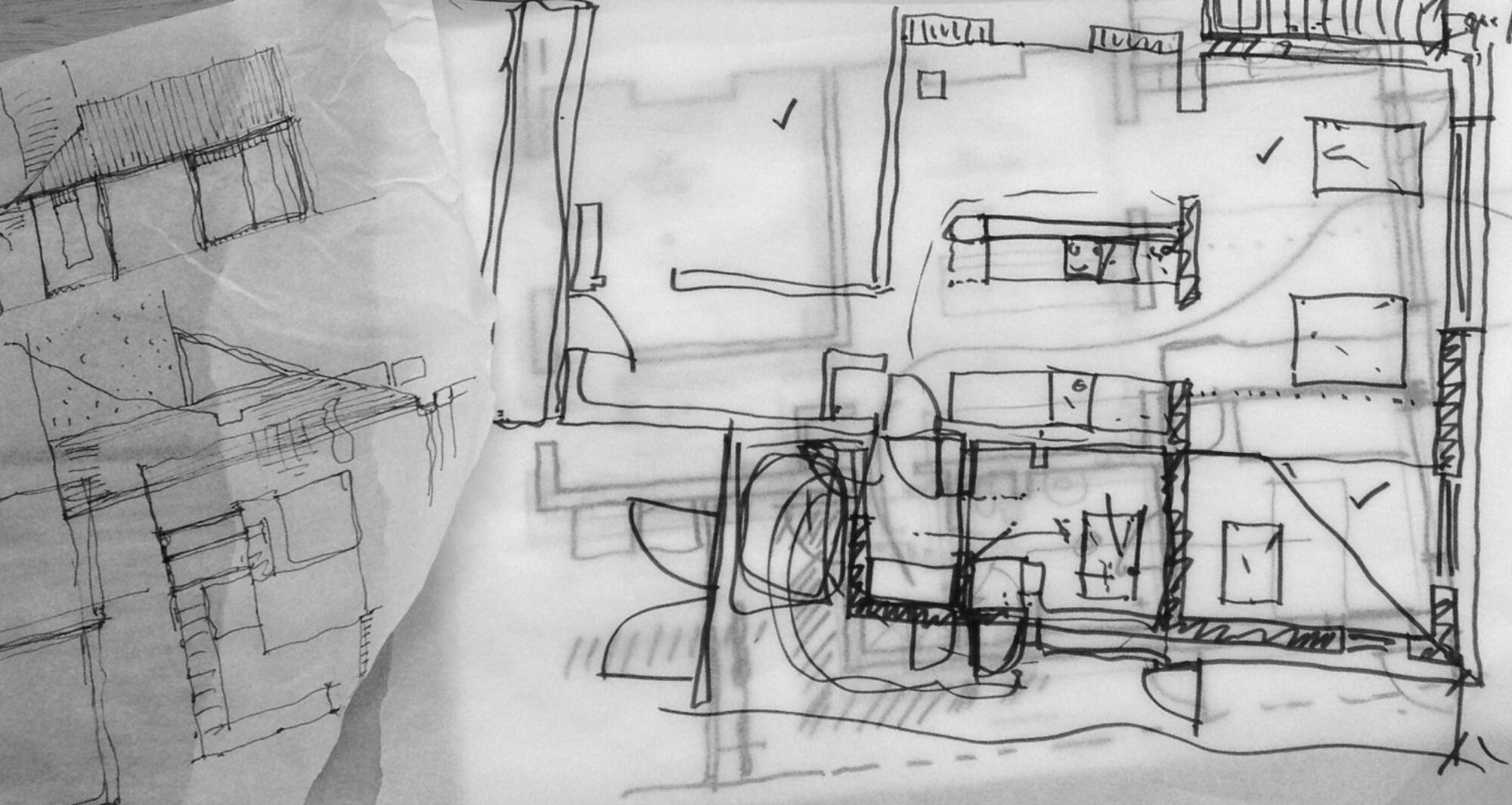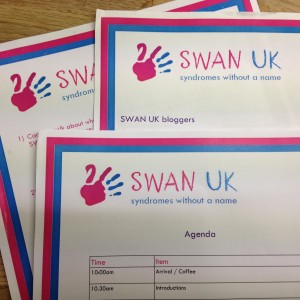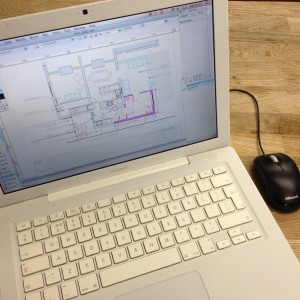I’m a little bit late with this one, as usual, but what’s a couple of months between friends eh?! – it’s still a very important message to get out and the Changing Places campaign, which the #barefootchallenge is all about highlighting, is very much alive!
So this is a post all about toilets, which, let’s face it, are a necessary thing in everyone’s lives! But for our little girl (and many, many other children & adults) the right kind of toilet facilities are just not normally available.
Twinkle is now 5.5 years old and is not able to use a toilet, so she wears nappies/pads. Twinkle cannot stand without support so, for the time being, she has to be changed lying down. Although very slim for her age, she’s also very tall and outgrew the little baby change tables long ago. Since then, we’ve been very limited on where she can be changed comfortably, hygienically and with at least some amount of dignity.
The usual options for her are:
- Lie down on a public toilet floor. A room that (even the wheelchair accessible ones) don’t have space for a wheelchair, a person lying down and a carer all at once without squashing up against toilet bowls or sanitary bins. (I myself have OCD so the very idea of putting my little girl in this position, quite frankly, freaks me out!)
- Perch precariously on the baby change table (which we sometime still manage to do, some are bigger than others),
- Change in the car (which we quite often resort to doing!) or
- Limit the time we are out and about to avoid changing at all.
 The #barefootchallenge was started on Twitter (@barefootoffical) by a fellow mum to raise awareness of the inadequacy of current facilities.
The #barefootchallenge was started on Twitter (@barefootoffical) by a fellow mum to raise awareness of the inadequacy of current facilities.
The challenge being:
Can you bring yourself to put your own bare feet on a public toilet floor?
If you struggle with that, imagine having to lie down on one like many children and adults with disabilities have to!?
As you can see from my challenge picture, my answer was NO! I had to do my challenge in my own loo!
The easy solution to this issue is for more large public buildings and venues to install a Changing Places toilet! A facility with more space for carers, a height adjustable changing bench and a hoist.
I am ashamed to admit, until Twinkle started to outgrow the standard baby change facilities it hadn’t really occurred to me that alternatives to the standard disabled toilets were needed. I hadn’t heard of Changing Places toilets. This is pretty shocking because until I had children I worked in architectural practice. I worked in housing so I knew a whole raft of other care design standards (e.g. lifetime homes, wheelchair design guide….), but not changing places. I know it’s a relatively new standard (to solve a very old problem!) but I would have thought I would at least have heard of it even if not used it in my projects?! Which makes me wonder how many of my fellow architects know of it, and know just how much a difference it could make?
Changing Places toilets do get a brief mention in the Building Regulations, but disappointingly (despite the Disability Discrimination Act (1995) and the more recent Equalities Act (2010)) they’re still not a requirement in any category of building, just a recommendation:
“In large building developments, separate facilities for baby changing and an enlarged unisex toilet incorporating an adult changing table are desirable. Facilities incorporating adult changing tables are more commonly known as Changing Places Toilets and further guidance is available from the Changing Places Campaign website (www.changing- places.org) or by reference to guidance in section 12.7 and Annex G of BS 8300.” – Building Regs M Vol 2 (M3 5.6)
I’d say this is a pretty fundamental piece of inclusion lacking from legislation.
Thankfully the Changing Places campaign is starting to gather momentum, and they have recently launched a fantastic new map showing the locations of UK Changing Places. It even has a journey planner element (a very useful feature!). The map also sadly highlights just how few and far between these facilities are (although I’m secretly hoping there are more than shown, and just not registered…?). For example our own visitor/tourist hotspot city, Cambridge, only has 2 changing places listed! One of which is at the hospital – a location that the average day-tripper or holiday maker doesn’t normally intend to put on their destination list!
A friend at the Firefly Friends community forum, for parents of children with special needs, has also launched a campaign parallel to the Changing Places campaign – Space to Change. Space to Change was set up to try and encourage other smaller venues, who maybe don’t have the funds or the space to install a fully compliant changing places facility, to at least improve what they have and provide more accessibility for a greater range of needs. Perhaps install a fixed bench in a larger WC cubicle which would at least provide a more comfortable & hygienic space to lie down, and also make the transfer from wheelchair much easier than the floor!
So! Would you stand on a public toilet floor in your bare feet or lie down on the floor?
If not, then please spread the word about the need for Changing Places toilets!
Edited (30.03.16) to add:
And you can add your name to this petition calling for Changing Places to be requirement and not just recommendation!




